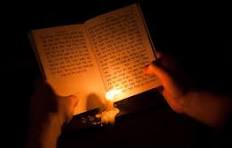We acknowledge and mark Juneteenth, the 19th of June, to celebrate the day the United States fully recognized the Emancipation Proclamation.
This significant day, Juneteenth, was not the day of the Emancipation Proclamation, which declared the end of Slavery in the United States. Instead, it was the day when news of Lincoln’s historic decree reached the enslaved people of Galveston, Texas. Carried by 2,000 Union Troops, this news brought the long-awaited freedom to these individuals. Juneteenth stands as a pivotal moment in the journey towards realizing the ideals of the Declaration of Independence, that “All men are created equal, that they are endowed by their Creator with certain unalienable Rights, that among these are Life, Liberty, and the pursuit of Happiness.“ The journey towards freedom began on January 1, 1863, when Lincoln proclaimed that all enslaved people within the rebellious states were to be free. However, this news took two more years to reach Galveston, Texas, in 1865. The word of freedom has since spread across the nation, but the task of turning the dream encapsulated in those words into a reality is an ongoing one.
The New Golden Age, the convening of a Black-Jewish alliance sponsored by Culture Changing Christians and the Jewish Community Relations Council of the Jewish Federation of Greater Philadelphia is a testament to the enduring significance of Juneteenth. This occasion, which celebrates the date and renews our commitment to the American vision of freedom and equality for all, underscores the ongoing relevance of Juneteenth. It serves as a reminder that the work towards realizing this vision is not yet complete, but together, we strive to fulfill that dream.
This statement was drafted by Pastor Carl Day and Rabbi David Levin of the New Golden Age.
***
The New Golden Age is a joint partnership between the Jewish and Black communities in Philadelphia focused on combating hate, enhancing security, and strengthening the local community’s social safety net. This initiative was started by The Jewish Community Relations Council (JCRC) of the Jewish Federation of Greater Philadelphia and the Culture Changing Christians.


